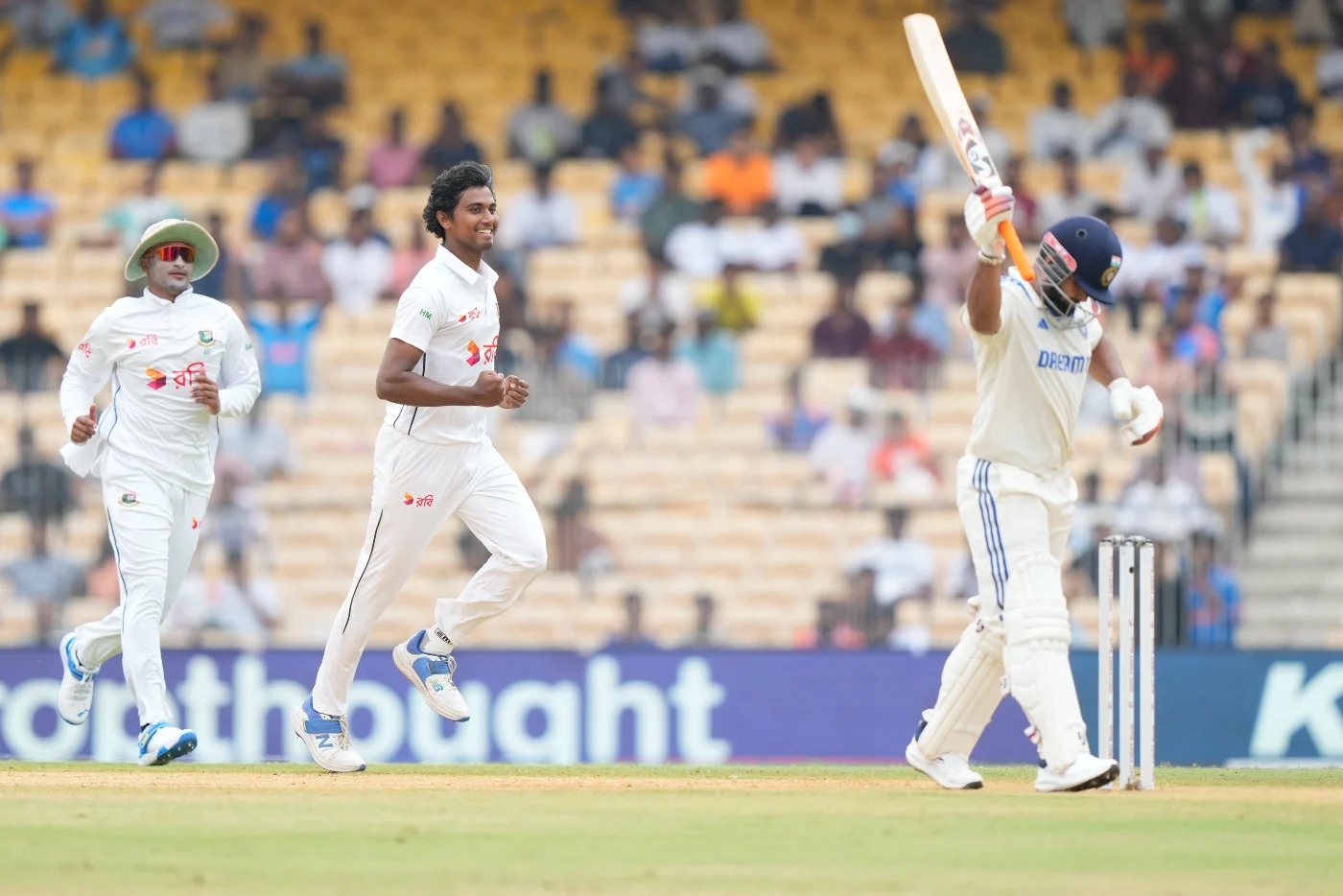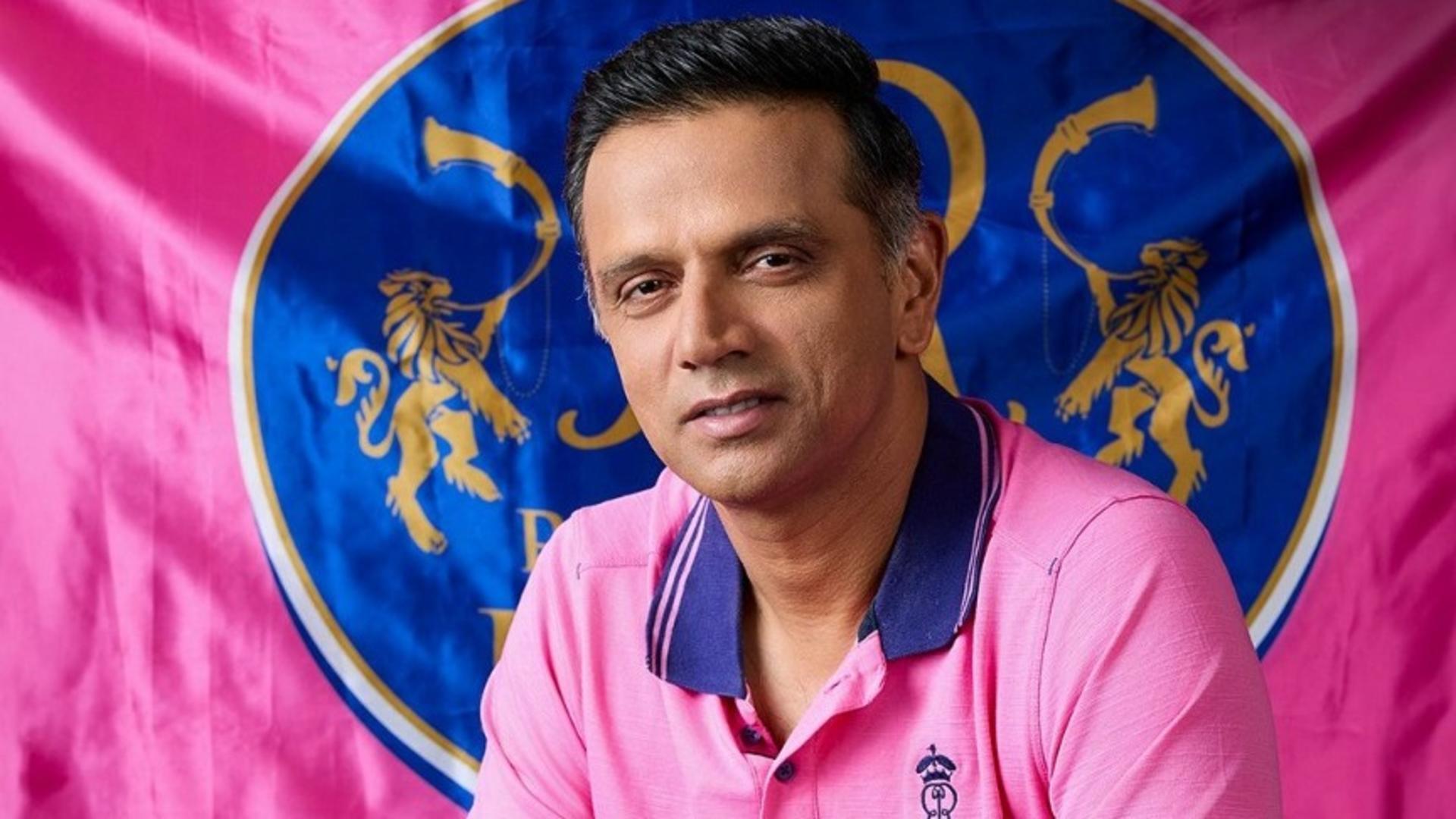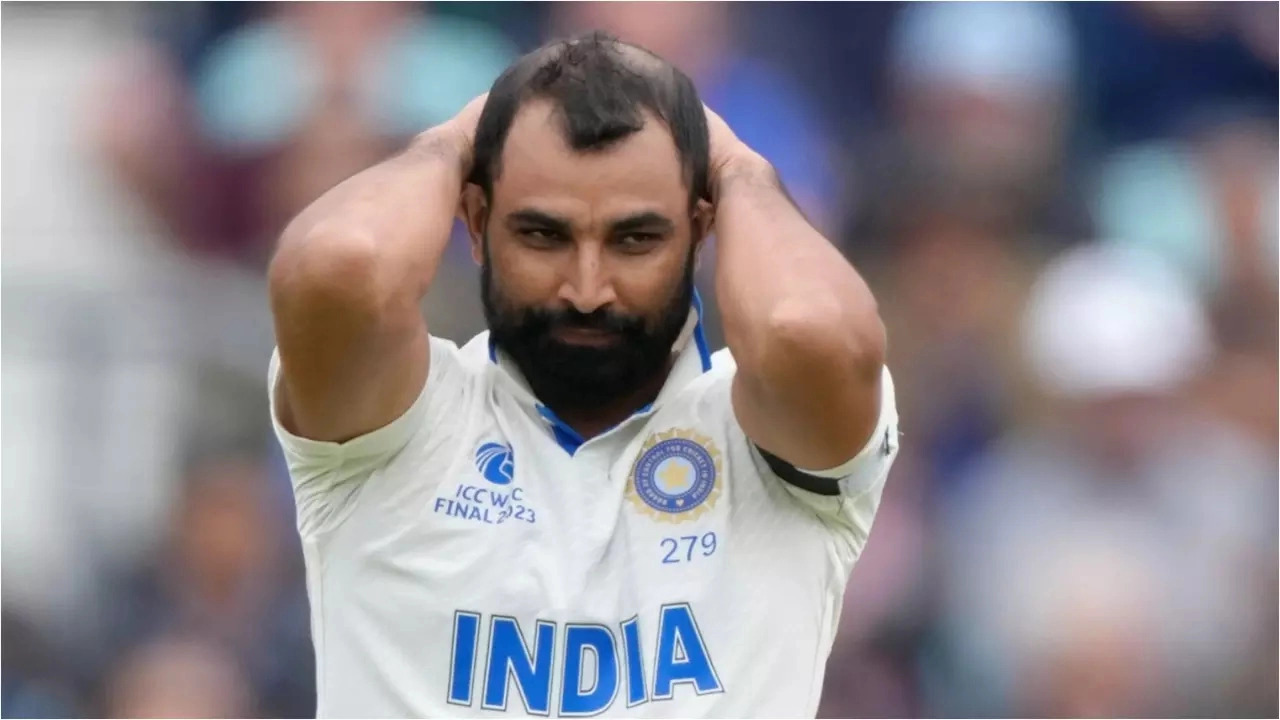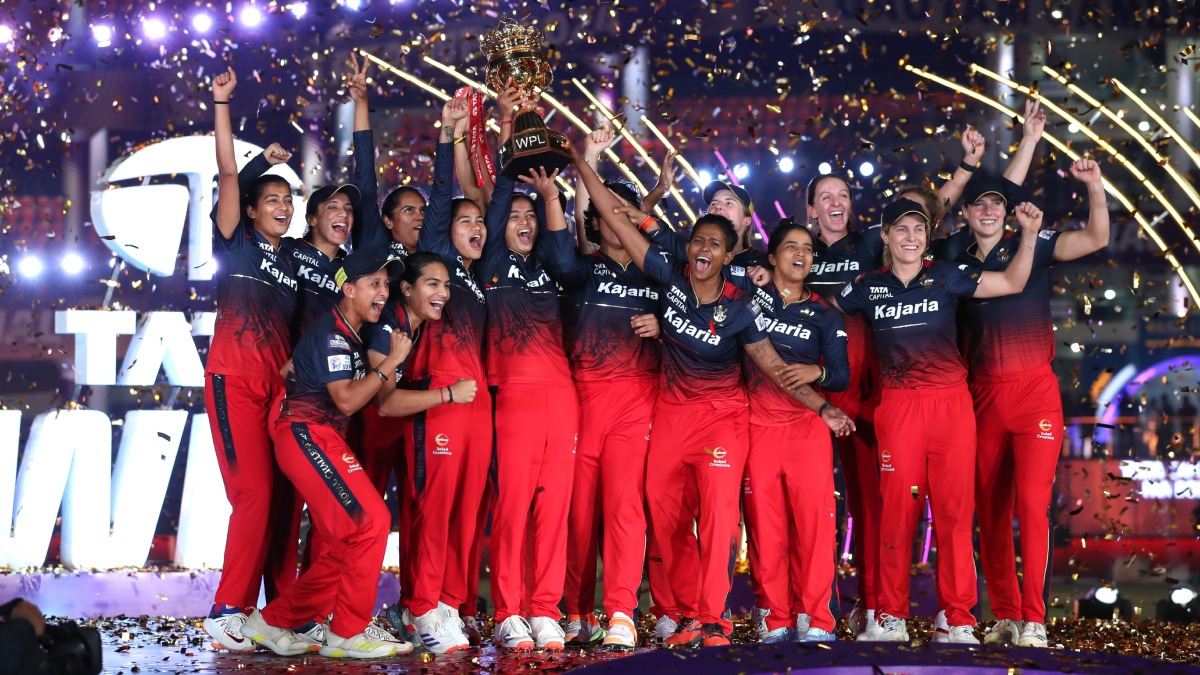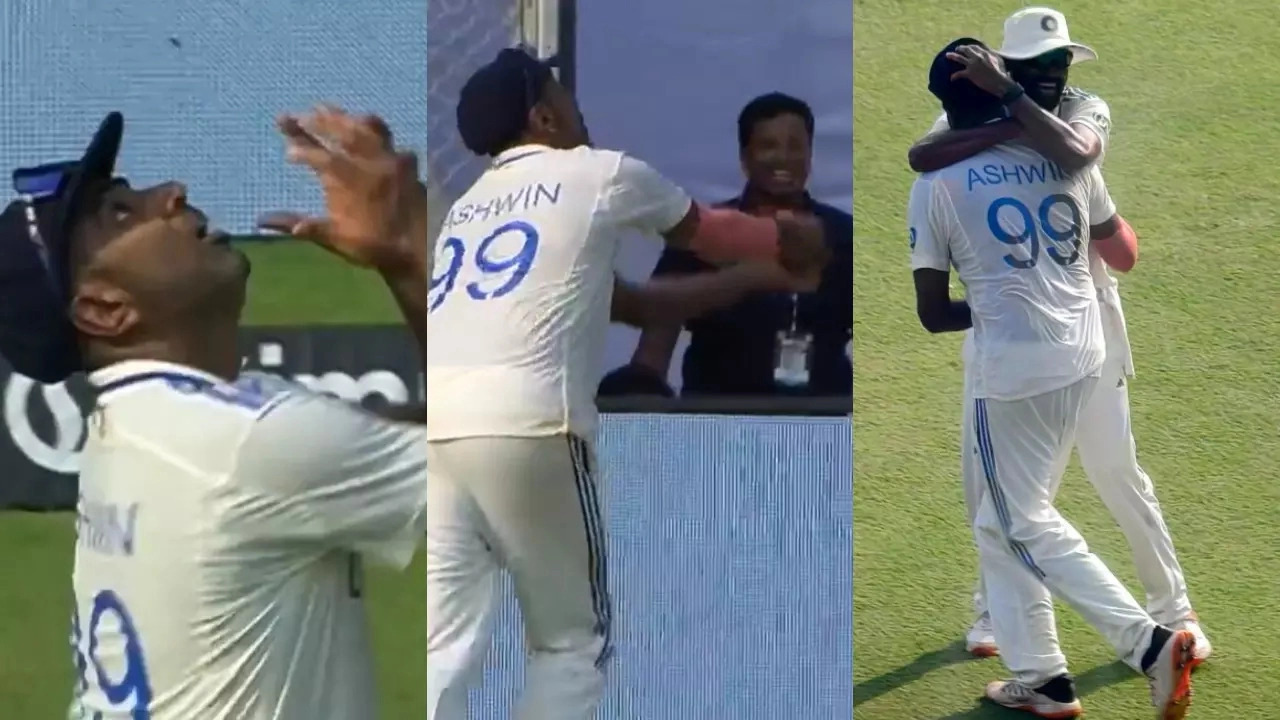It was not like any other Chennai Test match day. In a Test match between India and another country, a side choose to bowl first for the first time in seven years. After that, Hasan Mahmud, the slowest of the three Bangladeshi quicks, validated that decision by taking three wickets in his opening spell.
However, surprisingly, three wickets in the opening session appeared like a wasted chance because the other bowlers were still figuring things out. Then, in the second session, Bangladesh composed themselves and bowled more like a team in less favourable conditions, taking three wickets to re-establish some semblance of ascendency and testing the much-discussed depth of the Indian batting.
For you to take a chance on batting last in India, it needs to be a really special circumstance. In the week preceding the Test, records for heat were broken in Chennai; yet, both teams selected three quicks apiece and desired to bowl first. The day’s sky were cloudy, and the pitch itself was soft beneath. Following three uneventful overs, during which hitters were scarcely required to play at a ball, Mahmud went to work.
Mahmud never left the nice length, getting just the right amount of nip in each direction, beginning with his second over. After edging one that seamed in, Rohit Sharma just avoided a close call with one that seamed out. Strangely, a fast single had put Rohit on strike for this delivery.
Shubman Gill never seemed at ease throughout his eight-ball stay in the early going, with his No. 3 slot under question against the moving ball. Mahmud continued pulling him forward and biting the ball in both directions. But the resolution was unimpressive—just a feather down the side of the leg. With great intent, Virat Kohli came out swinging wildly and trying to move the ball ahead.
However, great intent also carries a huge risk. When Mahmud made the correct decision, Kohli edged towards the keeper and was not even close to the ball when he drove. Mahmud finished this over with the following figures: 5-2-6-3.
Mahmud, though, was unable to bowl from both ends. There was still relief at the other end. The hitters’ examination was almost not as brutal as Taskin Ahmed’s, and Nahid Rana, who was lightning fast, continued to hit the ball in but failed to extract the most out of the surface.
Once they reached full capacity, they quickly increased, enabling Yashasvi Jaiswal and Rishabh Pant—who was playing his first Test match in more than 600 days—to take the wheel.
They added 62 in 16.3 overs, not even trying for quick runs. However, Pant was unable to completely shut the door on Bangladesh just as batting had begun to appear easier.
He was late for a much shorter delivery, a ball following a smashing square-cut four. Replays from the side revealed that he made contact behind his body and toe-ended the shot, seemingly without much consideration.
Pant was walking out, beating his pad in frustration, so it wasn’t like he needed to see the playback to know what he had done wrong. Maybe it was the good fortune Mahmud had won during his first sorcery.
After lunch, Taskin and Rana bowled considerably better. Tasking continued to hit the nice length without getting paid, consistently beating Jaiswal’s bat. With his increased speed, Rana maintained the pressure and gained the upper hand. Zakir Hasan then delivered a stunning performance at short leg to send back the composed-looking KL Rahul, as is often the case when you start singing.
In the second session, offspinner Mehidy Hasan Miraz also bowled a far better spell, allowing the fast bowlers to switch ends of the wicket.
Also Read: IND vs BAN: After getting hit the ball in Chennai, Rishabh Pant arguments with Litton Das
Currently, India was 34 for 3, 96 for 3, and 144 for 6. Huge applause erupted after the final wicket was claimed by R Ashwin of Chennai. With some rasping strokes to start tea on 21 off 19, Ashwin had the audience in stitches in the short time before tea. By tea-time, he and Ravindra Jadeja had put up 32 for the seventh wicket.









 Win Projections to be updated soon
Win Projections to be updated soon








